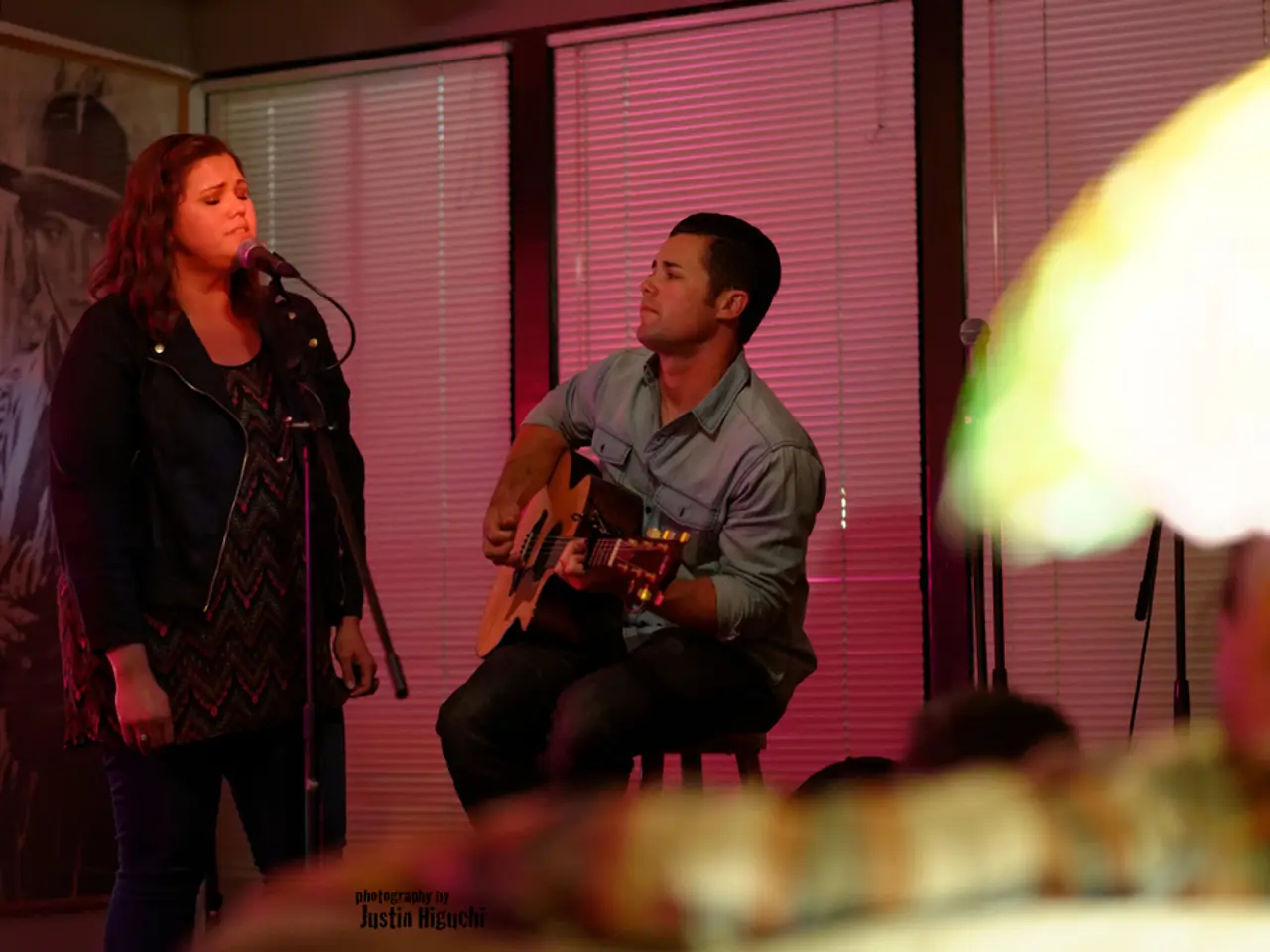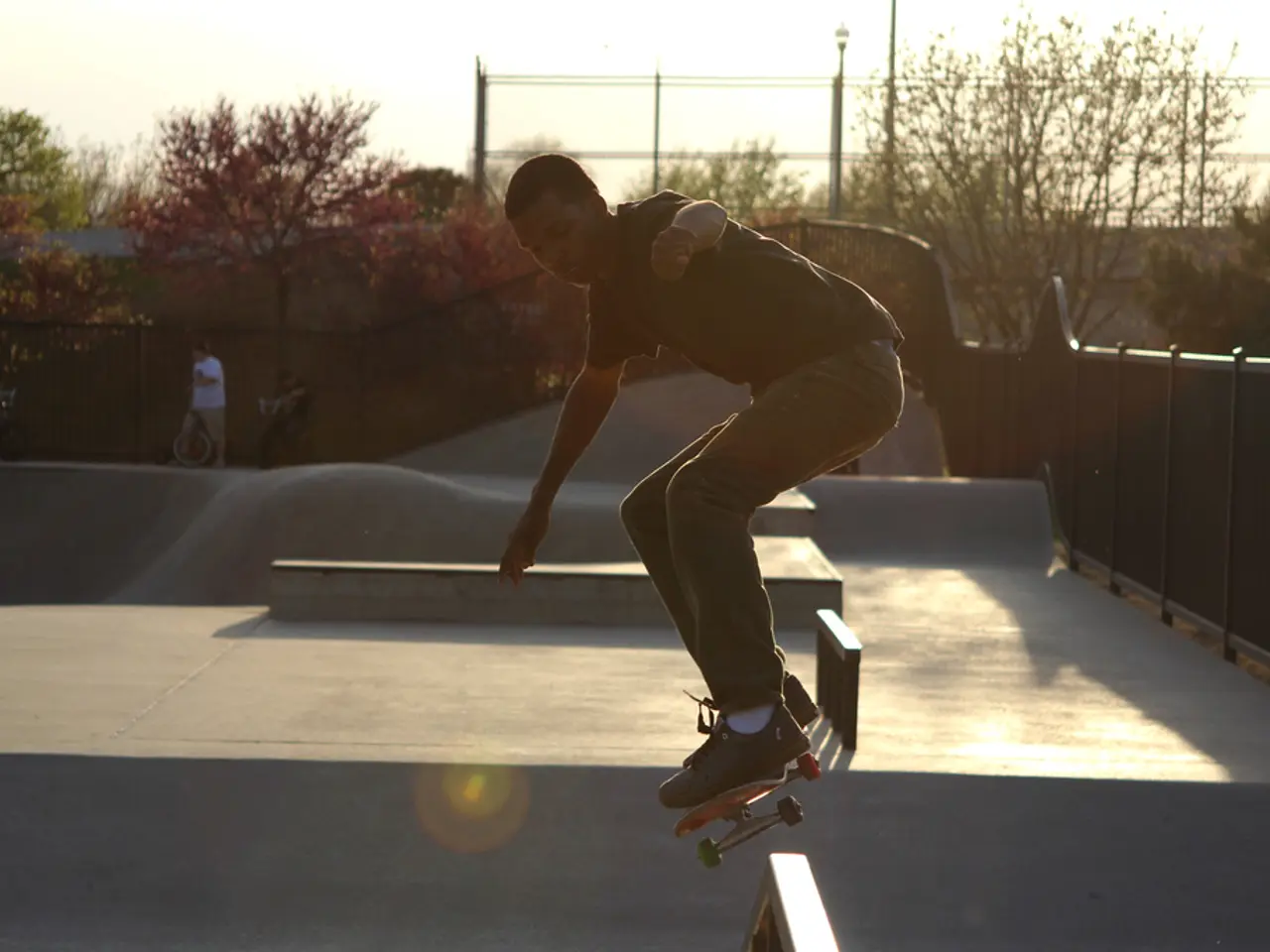Famous Music Video Clips
Iconic Music Videos: A Powerful Force in Modern Popular Culture
In the era of streaming platforms like YouTube and Vevo, music videos have become more accessible than ever, reaching global audiences in a matter of seconds. These videos have profoundly impacted popular culture, transforming music consumption, shaping fashion and language, influencing social attitudes, and redefining artistic expression in visual media.
The revolution began in the early 1980s with MTV's launch, which merged audio and visual storytelling, making videos essential marketing tools and cultural phenomena rather than mere promotional content. The debut broadcast of "Video Killed the Radio Star" symbolized this shift, and artists like Michael Jackson elevated music videos to cinematic art forms. "Thriller" (1983) is a prime example, pioneering narrative storytelling with horror film influences, establishing music videos as quality entertainment worthy of serious artistic recognition.
Music videos reshaped youth culture by influencing fashion trends, popular slang, and social norms through widespread broadcast exposure. Michael Jackson’s iconic dance moves and styles became global emblems, while videos like Miley Cyrus’s "Bangerz" phase visibly pushed boundaries of celebrity identity and public image evolution. Moreover, songs like Psy’s "Gangnam Style" broke language barriers and introduced non-Western pop cultures (K-pop) into mainstream Western markets.
Music videos have also sparked controversy, often reflecting and impacting societal conversations on issues such as race, sexuality, and consent. Madonna’s "Like a Prayer" challenged religious and racial sensibilities, eliciting strong public reactions, while Robin Thicke’s "Blurred Lines" provoked debates on gender and objectification in media.
Historically, pioneering acts like The Beatles contributed to the early form of music videos, helping establish visual accompaniment to rock music that deepened fan engagement and altered the way artists connected with audiences. This lineage set the stage for contemporary visual music art.
In today's digital age, iconic music videos continue to play a crucial role in shaping our understanding of art and entertainment. Examples of iconic music videos include Michael Jackson's "Thriller," OK Go's "Here It Goes Again," and Lady Gaga's "Bad Romance." These videos have significantly impacted the music industry by setting new standards for creativity, production value, and storytelling.
Iconic music videos have become an essential part of an artist's brand, serving as a visual representation of their identity and creative vision. The making of iconic music videos is a complex and collaborative process that involves a team of creative professionals working together to bring an artist's vision to life.
In conclusion, iconic music videos have had a lasting impact on popular culture, influencing fashion trends, dance styles, and technological innovations. They have captured the imagination of audiences and inspired countless artists to push the boundaries of visual storytelling. Furthermore, these videos have broken down barriers and challenged societal norms, addressing issues such as race, gender, and sexuality in a way that resonates with audiences around the world. In an era where visual content is king, these videos have become powerful tools for artists to showcase their talent and connect with fans in a meaningful way.
Music videos, as exemplified by Michael Jackson's "Thriller" (1983), have not only served as essential marketing tools in the realm of pop-culture but have also transformed into powerful forces in modern entertainment, shaping fashion, language, artistic expression, and societal attitudes. Additionally, current digital platforms have made music videos accessible to global audiences, thereby persistently redefining the connection between artists and fans.








